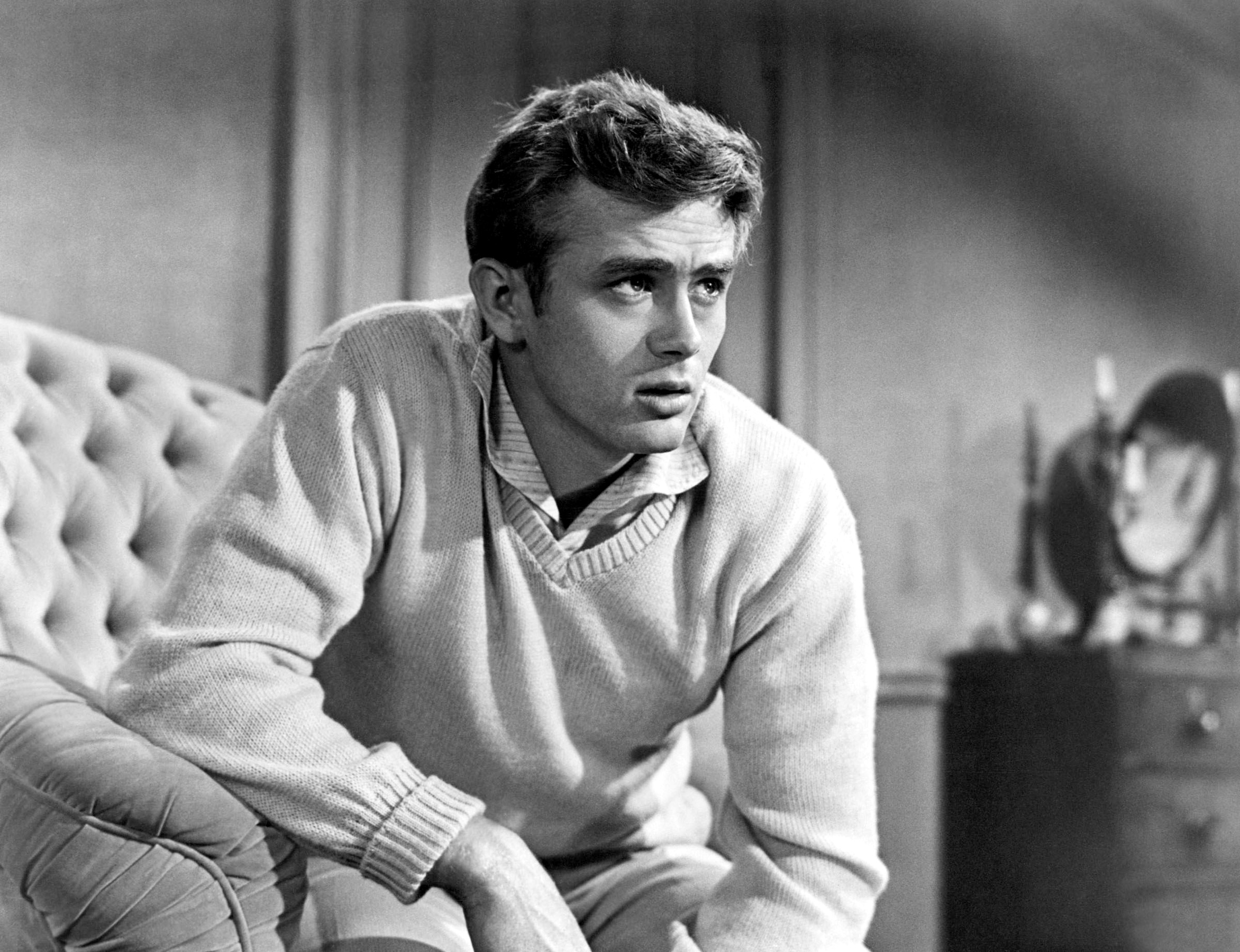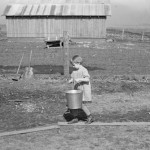Almost sixty years after his death, a website recently offered readers “10 Tips for Guys to Look as Cool as James Dean.” Dean remains one of the quintessential 1950s movie stars, who embodied a new generation of rebellious teenagers and young adults.
Dean was born in Marion, Indiana, in 1931. His parents briefly moved to the smaller town of Fairmount, Indiana, in 1933 and then left for California in 1935. After his mother’s death, the young boy returned to Fairmount to live with relatives. In high school, he began to act in school plays.
During those same high school years, Dean wrote a brief sketch of his young life, titled “My Case Study,” for his school principal. It reveals something of the young man who would become a star and then die at such an early age. Dean recalled that even as a very young child he had “lived such a talented life,” with interests in music, dance, and art. “I lost the dancing and violin,” he wrote, “but not the art. I think my life will be devoted to art and dramatics.”
The self-confident, cocky attitude that would come across on television and movie screens was already apparent. The teenaged Dean wrote that “I know if I better myself that there will be no match. A fellow must have confidence.”
By the early 1950s, Dean’s confidence paid off. Having returned to California, he began to garner roles on stage and television. In 1954, he was one of the stars of the movie East of Eden and he quickly went on to star in Rebel Without a Cause and Giant.
Dean had already written in high school about his love for speed: “My hobby, or what I do in my spare time, is motorcycle. I know a lot about them mechanically and I love to ride. I have been in a few races and have done well. I own a small cycle myself.” James Dean the movie actor was able to buy and race motorcycles and sports cars. In September 1955, he was killed in a car accident. The movies that would make him a legend were released after his death.
A Moment of Indiana History is a production of WFIU Public Radio in partnership with the Indiana Public Broadcasting Stations. Research support comes from Indiana Magazine of History published by the Indiana University Department of History.






















